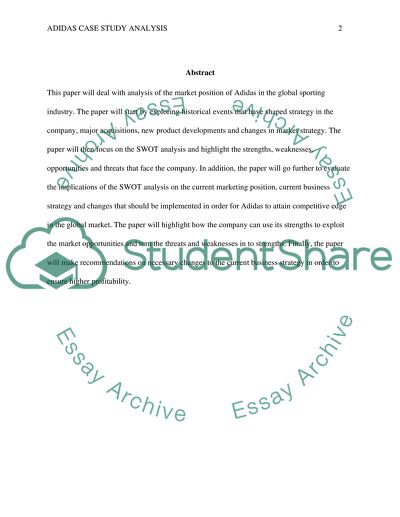Cite this document
(“Adidas Case Study Example | Topics and Well Written Essays - 1750 words”, n.d.)
Retrieved de https://studentshare.org/marketing/1487879-adidas
Retrieved de https://studentshare.org/marketing/1487879-adidas
(Adidas Case Study Example | Topics and Well Written Essays - 1750 Words)
https://studentshare.org/marketing/1487879-adidas.
https://studentshare.org/marketing/1487879-adidas.
“Adidas Case Study Example | Topics and Well Written Essays - 1750 Words”, n.d. https://studentshare.org/marketing/1487879-adidas.


